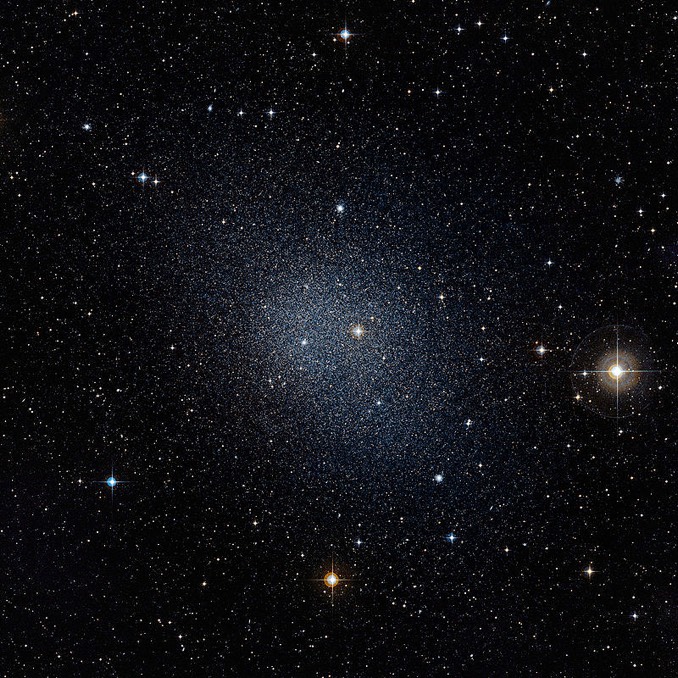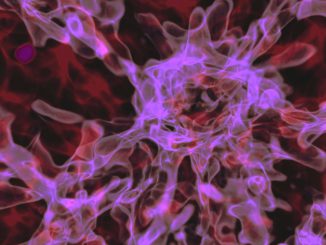
Merging low-mass dwarf galaxies may have resulted in collisions of relatively small black holes in the distant past, generating the space-rippling gravity waves detected in recent years by the Laser Interferometer Gravitational-wave Observatory, or LIGO, and the Virgo Collaboration, researchers say.
Christopher Conselice of the University of Nottingham and his colleagues studied the relationship between the masses of large galaxies and their central black holes and extrapolated to lower masses. They concluded “ultra-dwarf” galaxies could host central black holes of less than 100 solar masses, in line with the 10- to 70-solar mass black holes that collided to generate the gravity waves detected by LIGO/Virgo.
Galaxy mergers do not occur frequently enough today to explain the observations, but in the early universe, such ultra-dwarf mergers would have occurred more often and could match the observed detections. But in that case, the central black holes would have had to find each other and merge within six to eight billion years to explain the LIGO/Virgo observations.
Writing in The Astrophysical Journal, Conselice and his colleagues say the theory may be tested by precisely pinpointing the host galaxies of merger events. If all black hole collisions are found to originate in bright, massive galaxies, the ultra-dwarf-merger idea would be out. But if the hosts cannot be seen, it may be because they are ultra dwarfs too faint to detect.
“Future observations of GW (gravitational wave) rates will either give credence to this idea or rule it out,” the researchers conclude. “As the resolution and ability to pinpoint locations of GW events improve, we will one day be able to determine the location of the host galaxies of these events.”



